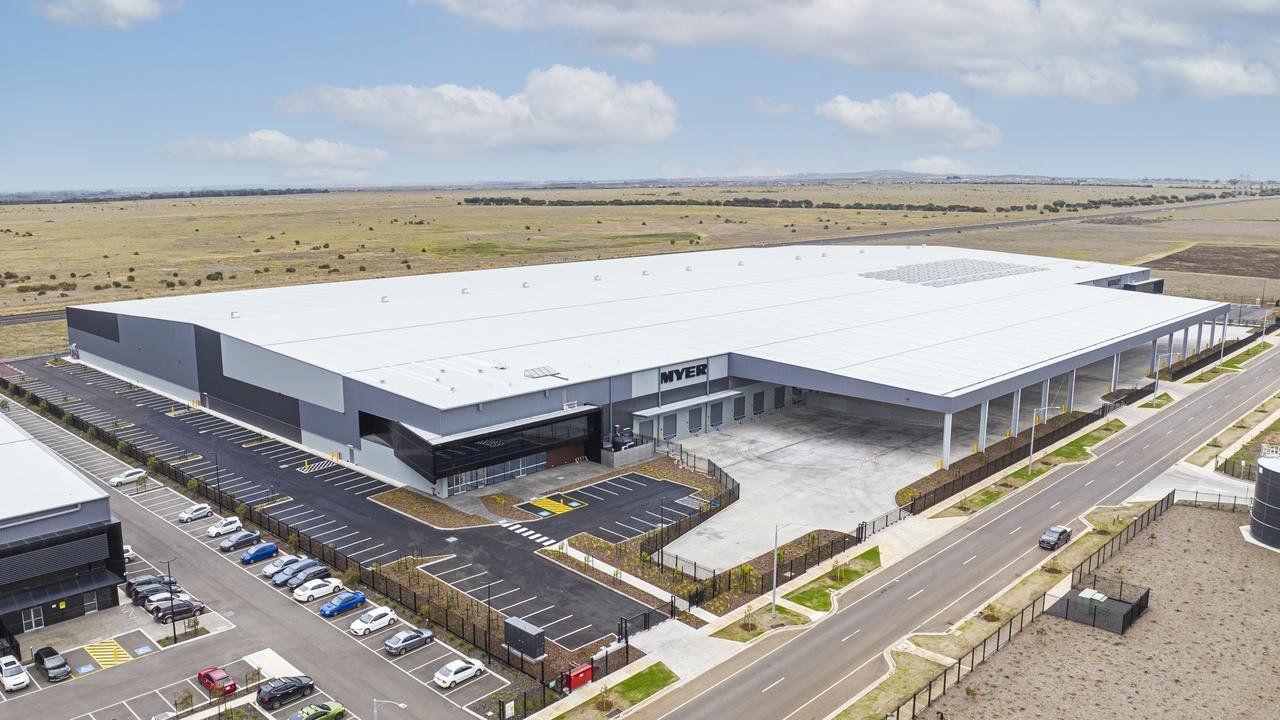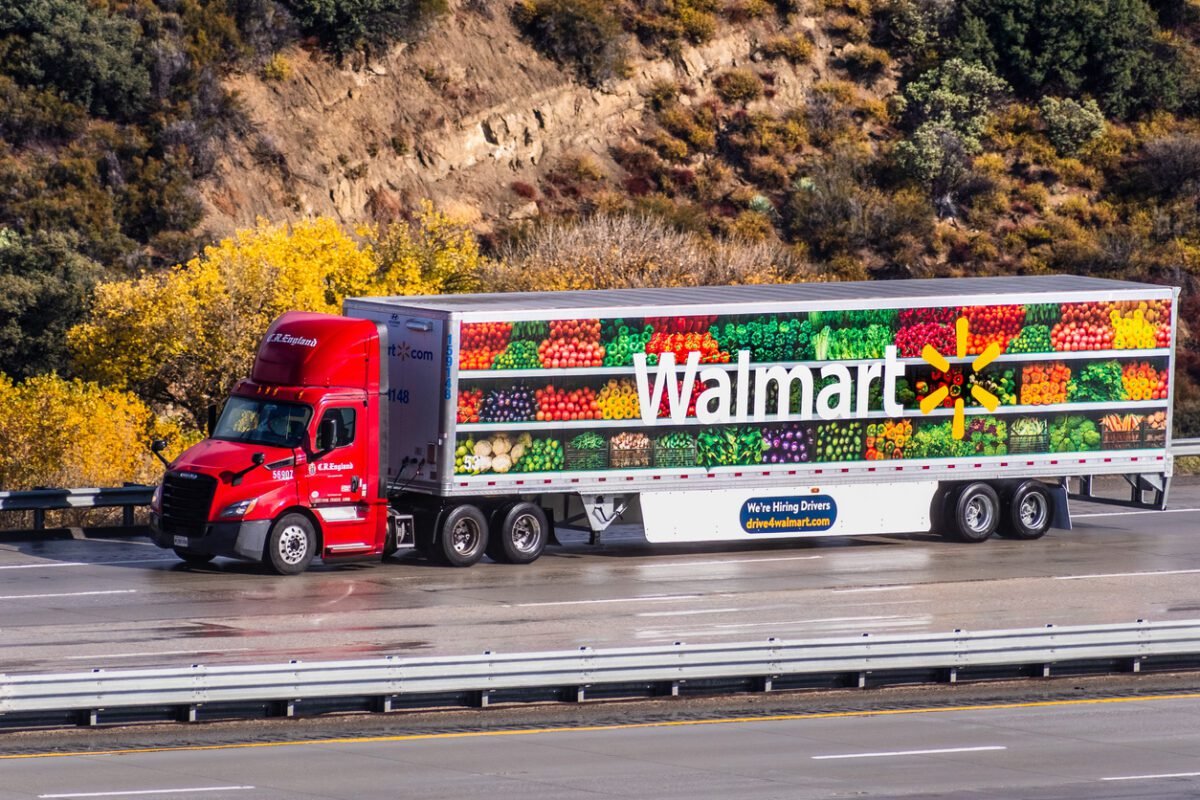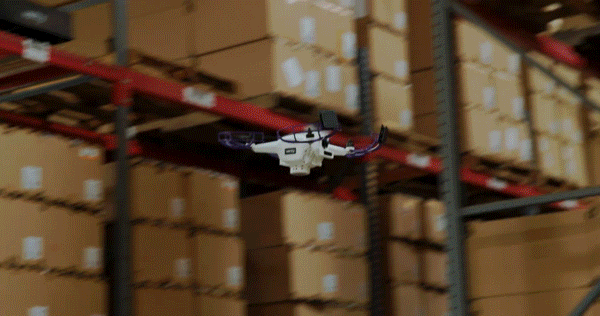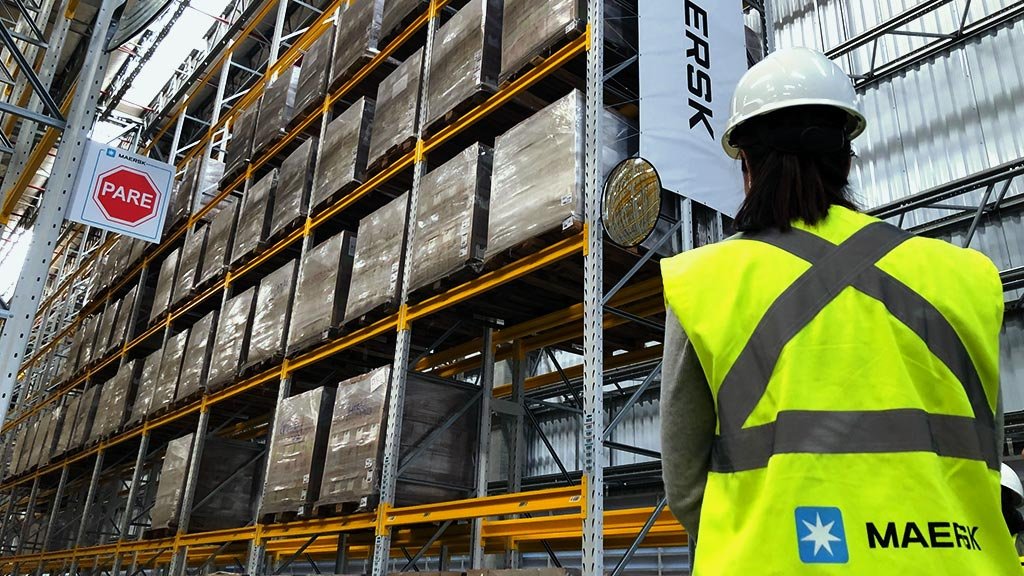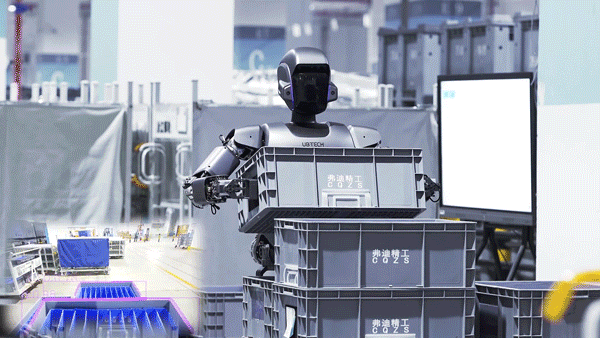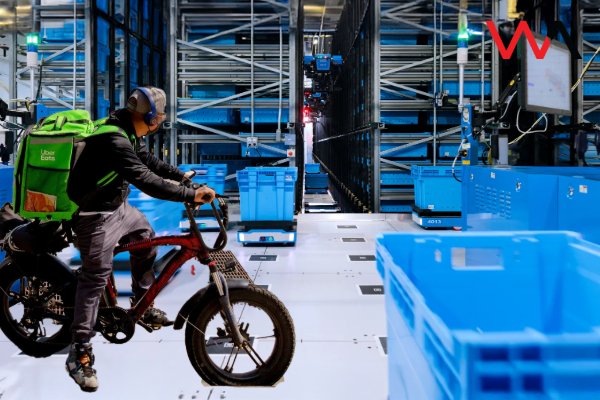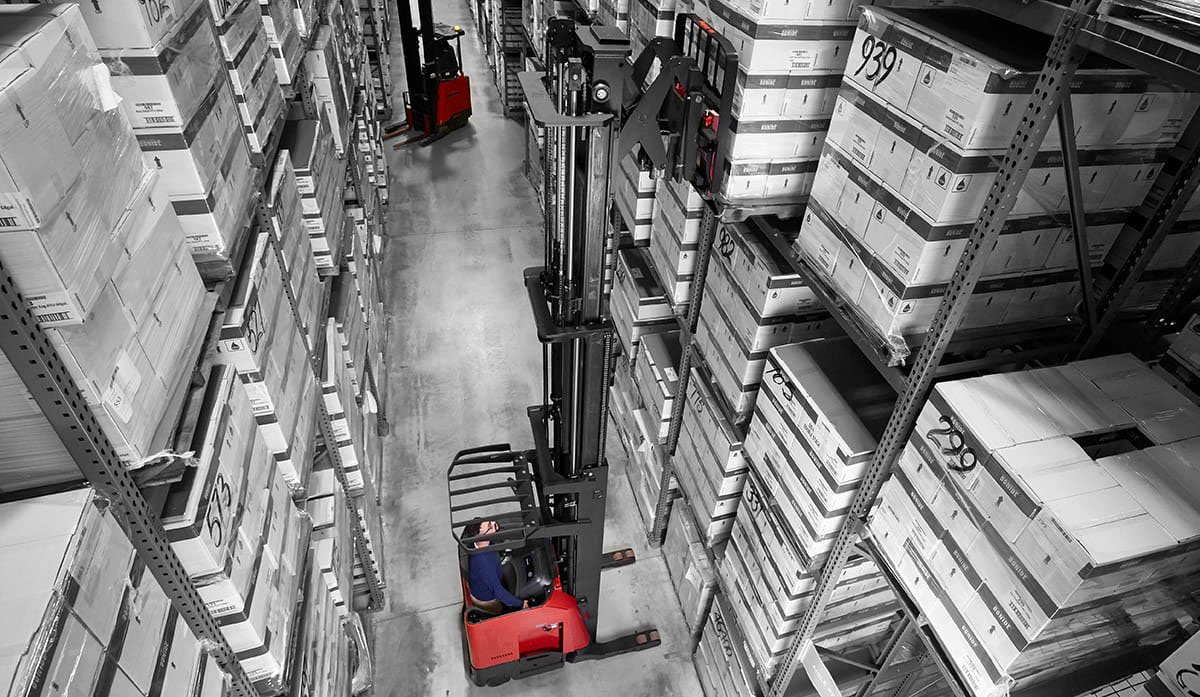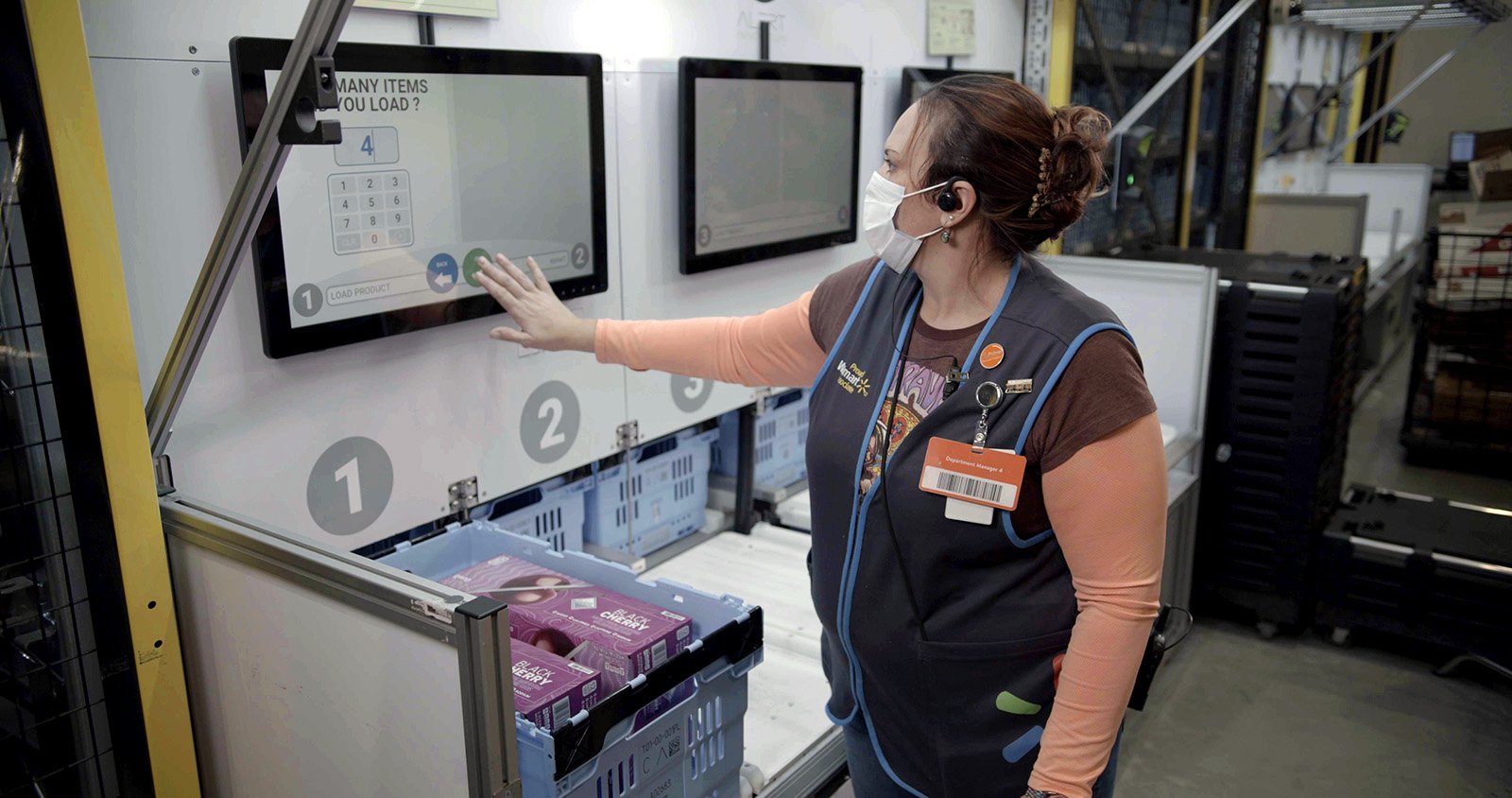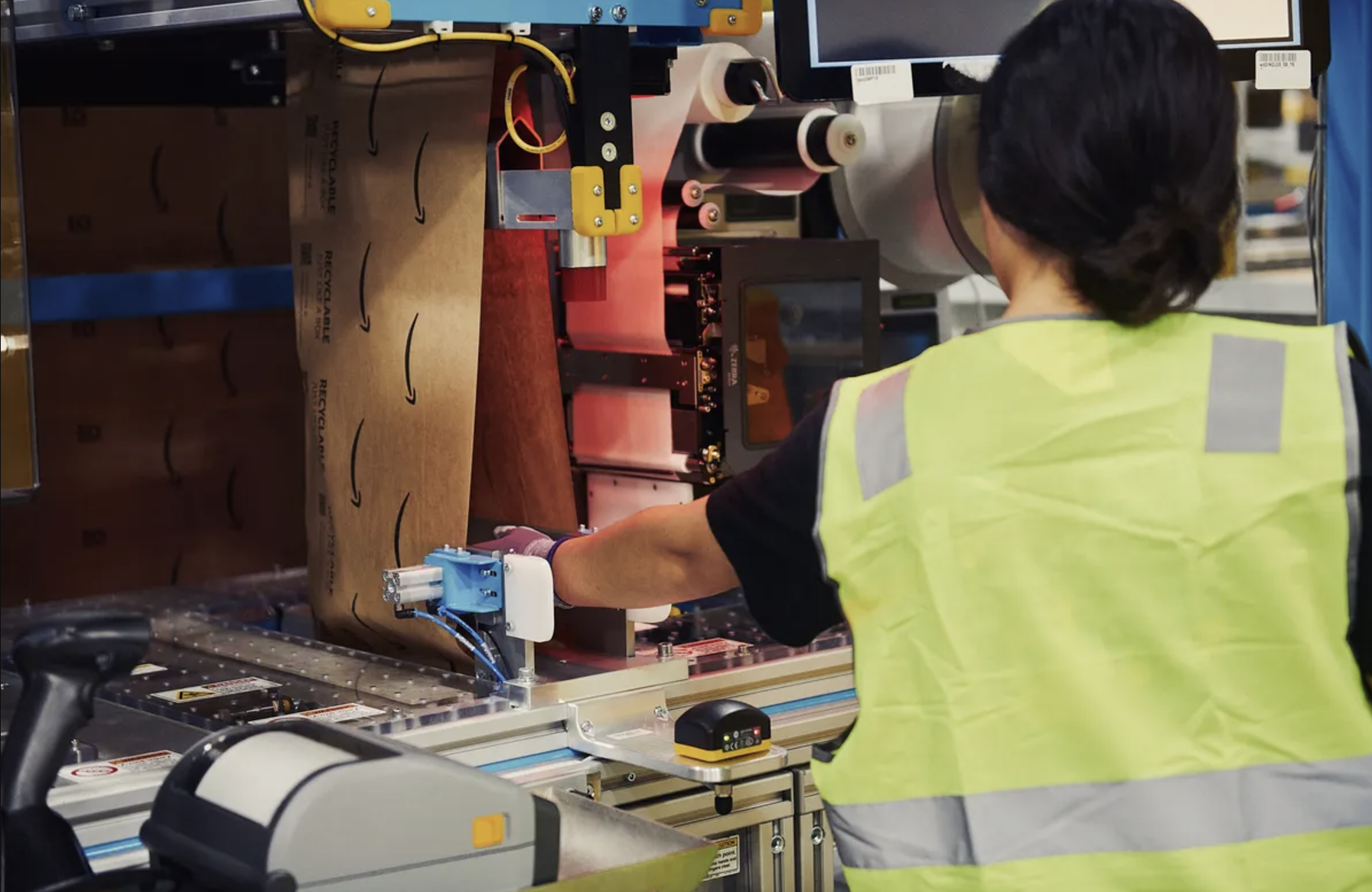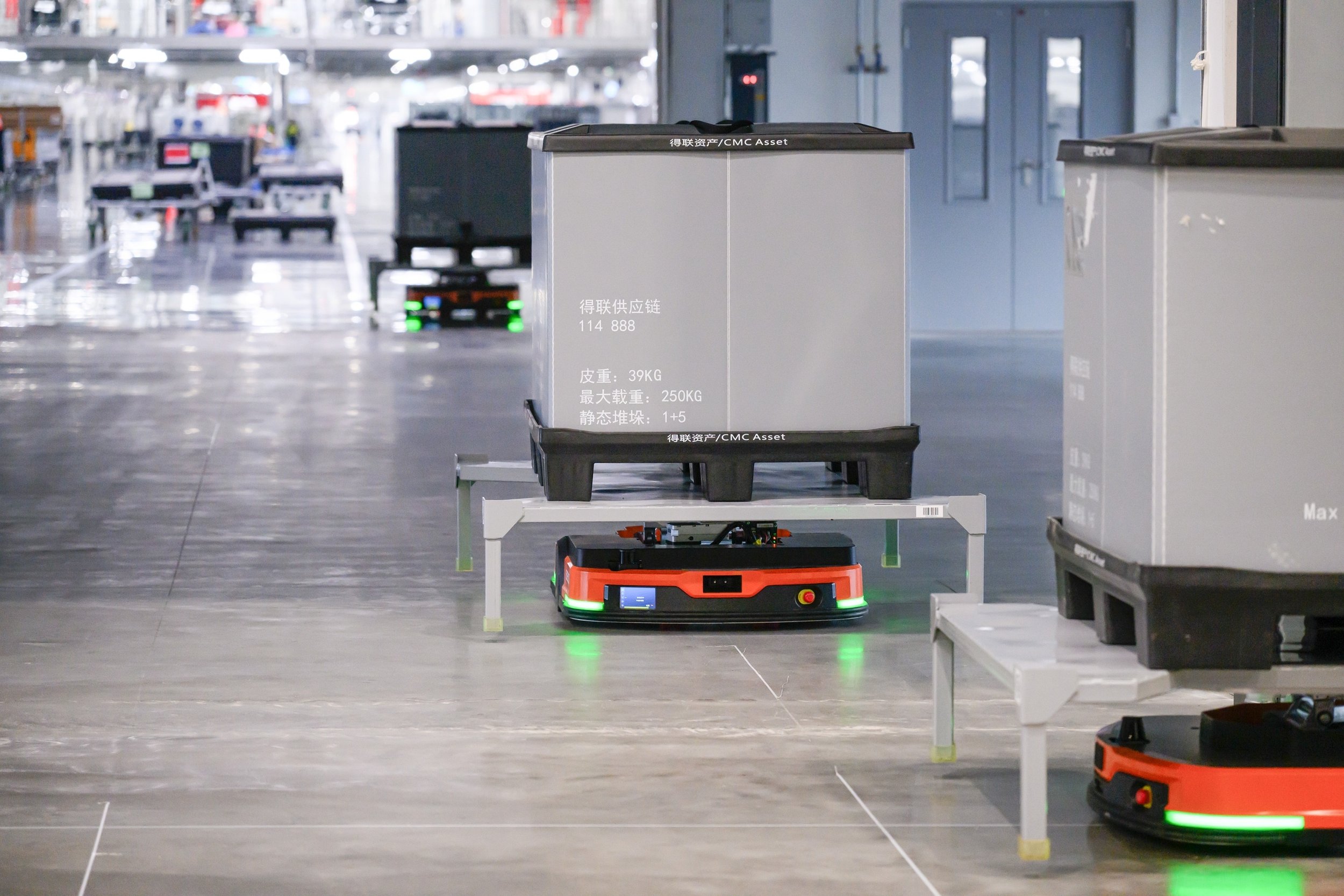Walmart sees a fourfold efficiency leap when automating facilities
Walmart's store fleet is staggeringly huge, and the operation to support it is similarly massive.
The retailer's 4,600 stores are supported by a network of 42 regional distribution centers — sprawling warehouses of up to 1.5 million square feet that typically employ about 1,000 workers, according to the logistics consultancy MWPVL.
Of those 42 distribution centers, Walmart CFO John David Rainey said the company had 15 with "some level of automation," which serve about 1,700 stores.
Speaking at the Evercore ISI Consumer and Retail Conference on Wednesday, Rainey revealed an utterly bonkers statistic for when one of these facilities is fully dialed up.
"When we automate one of these DCs, we see roughly twice the throughput with half the head count," he said. "And so the math on this is very, very compelling."
Twice as much stuff with half as many staff is a fourfold increase in efficiency — compelling math, indeed.
And more revenue per employee translates to higher profit margins.
"They're planning to add $130 billion of sales over the next five years on a flat head count," Corey Tarlowe, a Jefferies analyst, told Business Insider. "AI and automation are going to be absolutely critical to their evolution."
As Walmart's distribution-center and fulfillment-center capacity increases, it's starting to exceed the inventory Walmart actually owns, Rainey said.
"It gives us the opportunity to use that space for our third-party providers," the CFO said. "A very exciting part of what's changed in our business over the recent quarters is the number of three-P sellers that are availing themselves of Walmart fulfillment services."
A day earlier, at Oppenheimer's e-commerce conference, Walmart US CEO John Furner indicated how these lower costs fed into an e-commerce flywheel that's gaining momentum for the company.
"The cost of picking is coming down, the density of last-mile delivery has improved, so therefore the cost per unit continues to fall," Furner said. "You put all that together, and we see a much better path than what we saw a few years ago."
Furner also said the number or stores served by these automated warehouses is on track to double this year, and that the increased efficiency opens up new opportunities for employees to train and get hired for better jobs.




